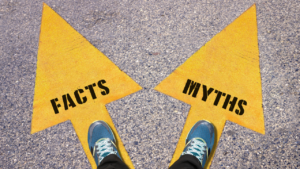Have you received an email like this:
To Whom It May Concern,
We have found infringing content that violates Instagram rights on your site and provides illegal services such as selling followers and likes and therefore you have to delete it before taking strict action to remove the infringing content that exposes your site visitors to fraud
Infringing content link: https://yourwebsite.com/social-media-marketing/9-proven-ways-to-turn-instagram-followers-into-customers/
Will report the article for Google Instagram and sbax.sba.gov if you don’t remove the content
https://help.instagram.com/contact/383679321740945?helpref=page_content
https://safebrowsing.google.com/safebrowsing/report_phish/?hl=en
https://www.dmca.com/signup/createtakedown.aspx?mpi=DMCA-FRE&r=hpts
Please confirm in writing that you will agree to resolve this matter as requested. If we do not receive confirmation that you will comply with our request, we will have no other choice but to pursue all available remedies against you.
Sincerely,
Safeweb24
Online IP Enforcement and Protection
I’ve removed the actual page on the site that this email was referring. But you get the idea.
I’ve gotten different version of this same email template.
So after getting these types of emails, I wondered to myself, is this legit?
I asked an attorney friend of mine, and here’s what he said:
“It is not uncommon for business owners with a strong web presence to receive threatening, but otherwise, legally insignificant cease and desist letters from internet trolls. While these letters may occasionally be meritorious, more often than not, they are merely tools to compel some sort of action that is not in the website owner’s interest. How can you tell if the cease and desist letter is something that you actually need to worry about? The simplest strategy, of course, would be to consult with an attorney. However, on a substantive level, carefully consider whether the cease and desist letter articulates; 1. The nature of his/her proprietary asset (name, logo, image, text) and; 2. How your digital property infringes on the rights of the sender of the cease and desist. If even one of these two standards is not met, no infringement has taken place.”

